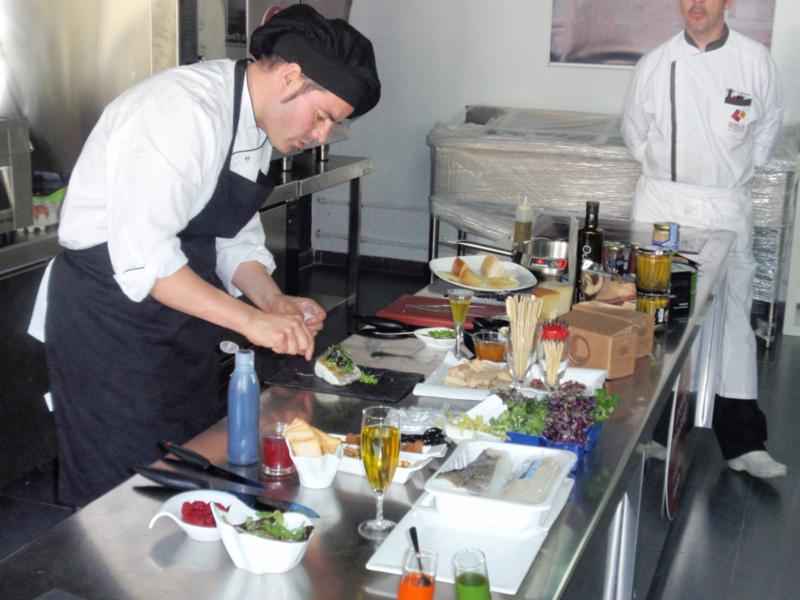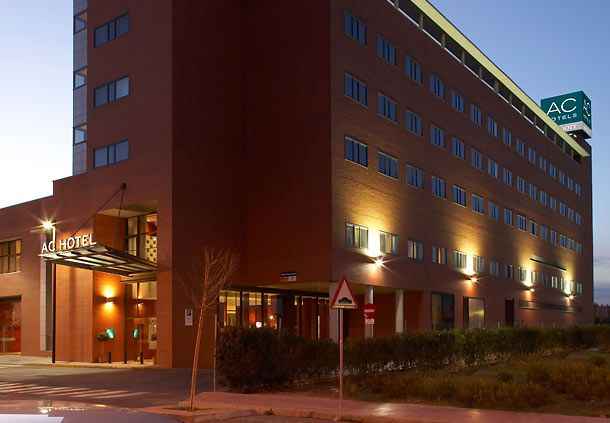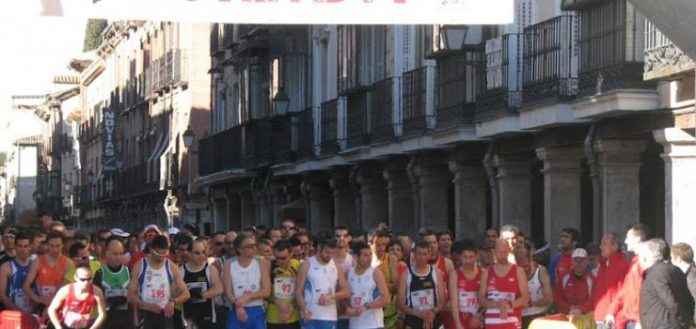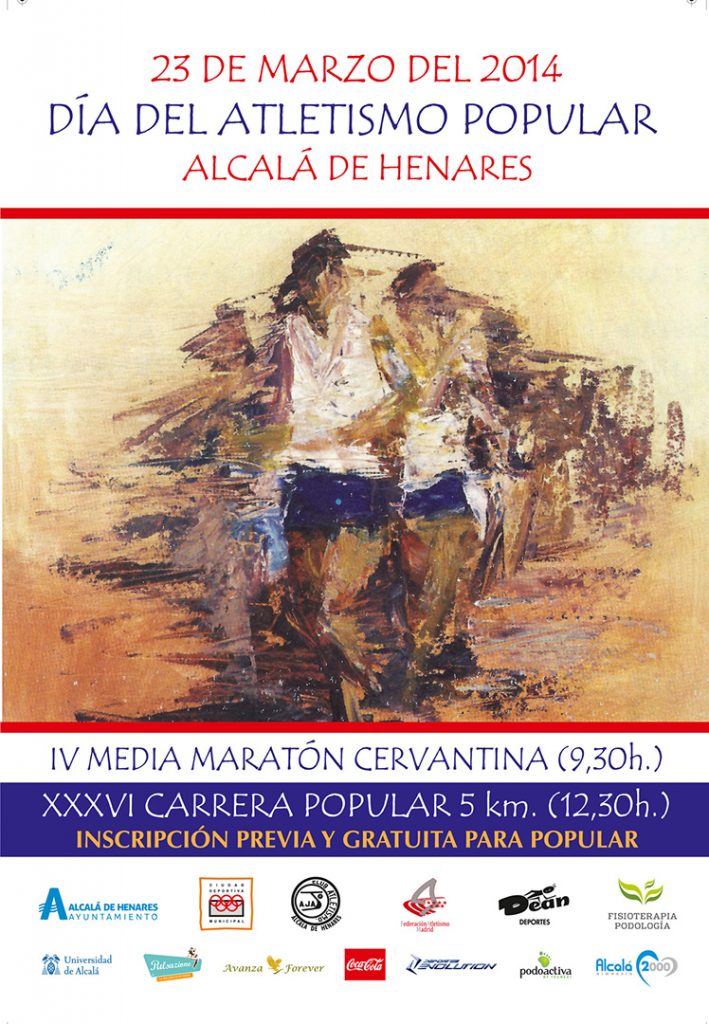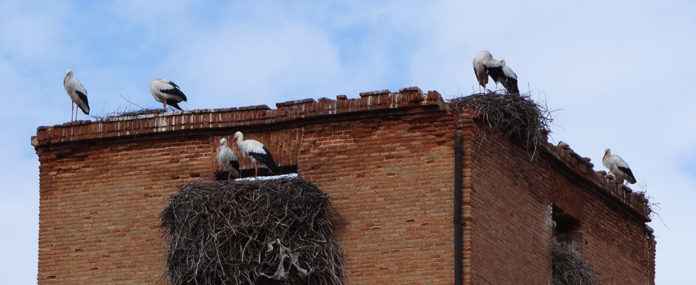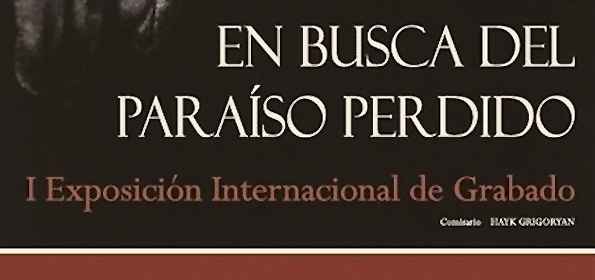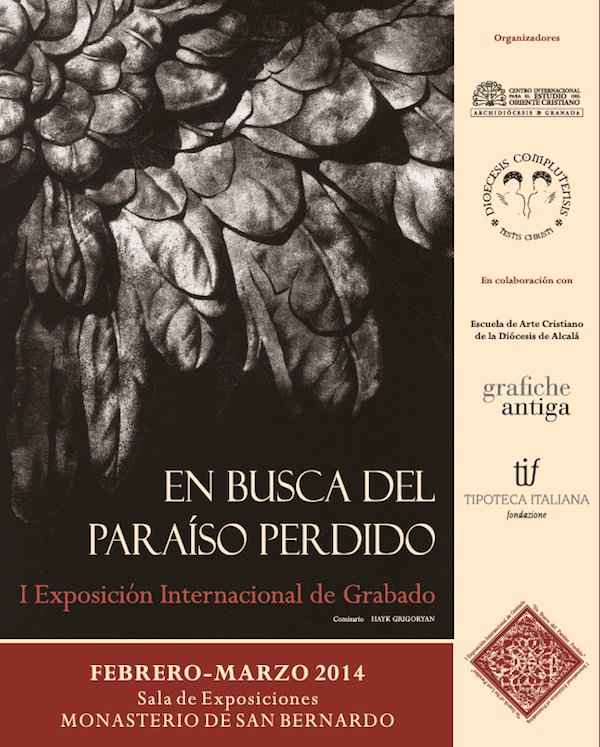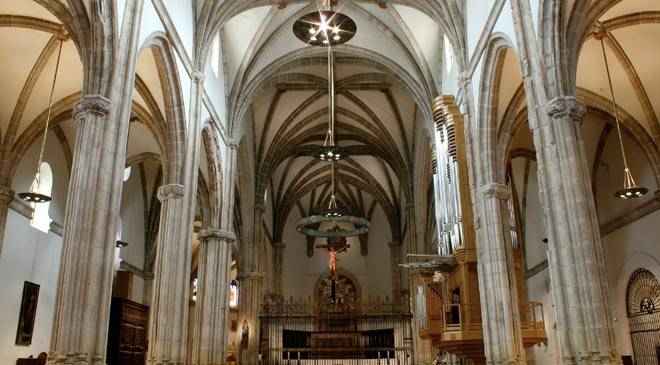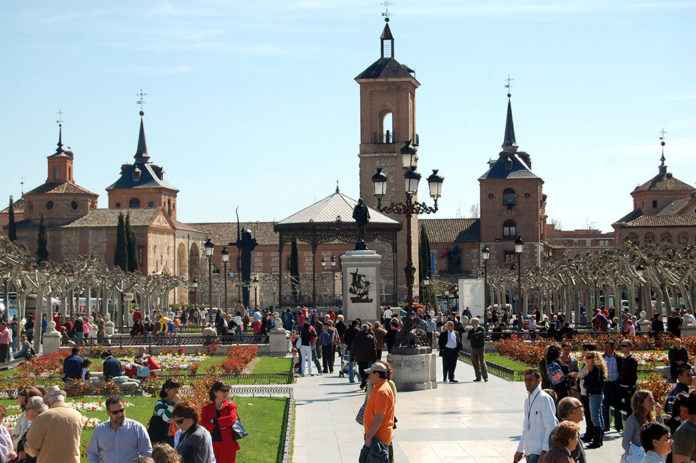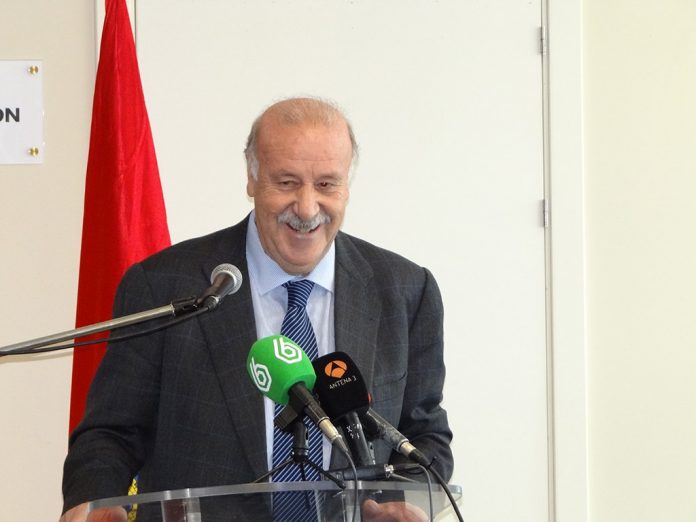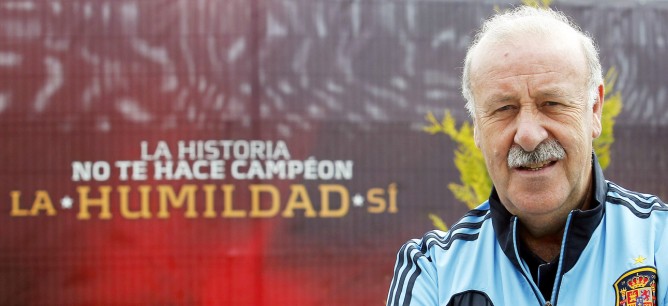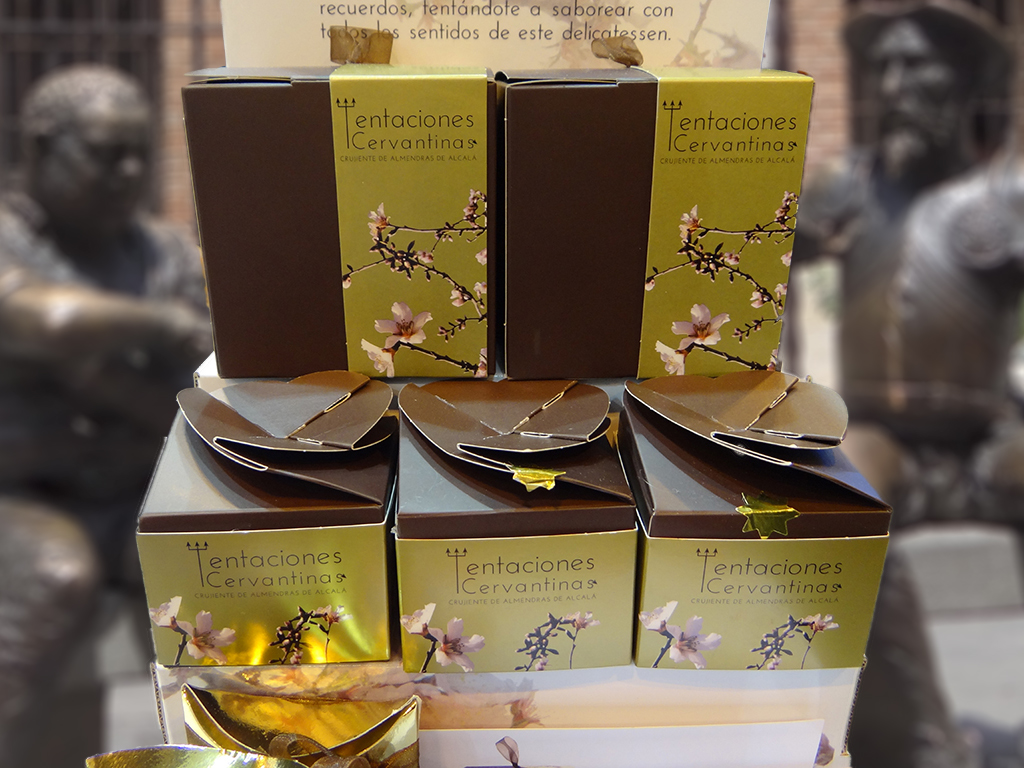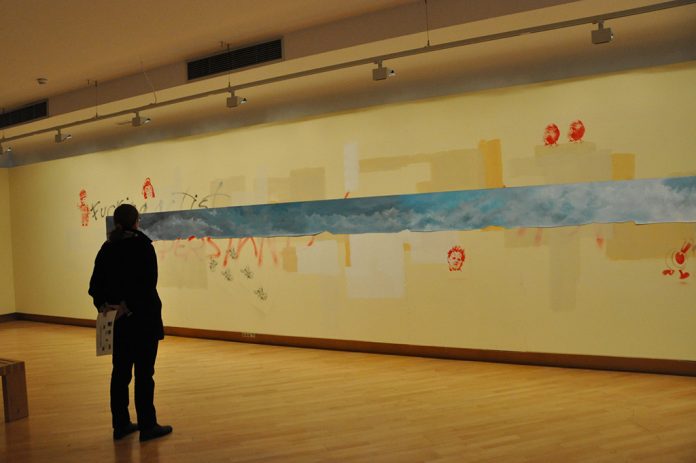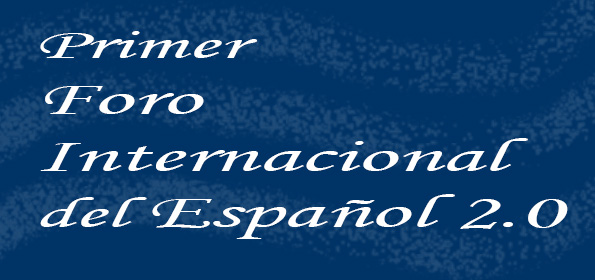El alcalde complutense, Javier Bello, y el seleccionador nacional de fútbol han presentado este producto, basado en las tradicionales almendras de Alcalá, elaborado y empaquetado en el Centro en el que trabajan personas con discapacidad.
El seleccionador nacional de fútbol, Vicente del Bosque, ha visitado hoy el Centro Especial de Empleo de Alcalá de Henares. Junto con el alcalde complutense, Javier Bello, han participado en la presentación de un producto basado en las tradicionales almendras de Alcalá (garrapiñadas) que se denomina “Tentaciones Cervantinas”, elaborado y comercializado por el Centro Especial de Empleo de Alcalá, en el que actualmente trabajan 60 personas con discapacidad.
[gdl_gallery title=»tentaciones-cervantinas-vicente-del-bosque-2″ width=»275″ height=»200″]
En su intervención, el alcalde ha agradecido la presencia de Del Bosque y ha destacado lo que el Centro Especial de Empleo aporta a la integración de las personas con “capacidades diferentes” -ha dicho- que además de poder acceder a un puesto de trabajo remunerado, reciben “el reconocimiento que merecen por su dedicación y capacidad, lo que les estimula para demostrar su valía y capacidad”.
El alcalde de Alcalá ha puesto de manifiesto que, por la envergadura de este proyecto, es necesaria “la participación del mayor número de aliados: empresarios, partidos políticos, sindicatos, y como no de personas comprometidas como Vicente del Bosque”. El objetivo, ha insistido el alcalde, es que el Centro Especial de Empleo sea, a todos los efectos, una empresa, sin necesidad de depender de subvenciones o aportaciones de las administraciones públicas.
Tentaciones Cervantinas
Las Tentaciones Cervantinas son una nueva variedad de almendras de Alcalá o almendras garrapiñadas elaboradas por el Centro Especial de Empleo de Alcalá de Henares. «Son almendras de una calidad excepcional, donde la tradición y el alma se mezclan para qué emerjan los recuerdos, tentándote a saborear con todos los sentidos este delicatessen«.
Las almendras bañadas en almíbar o almendras garrapiñadas se relacionan con la ciudad de Alcalá de Henares desde 1846. En Alcalá son famosas las que realizan las monjas del conocido Convento de las Clarisas de San Diego, situado a pocos metros de la Universidad de Alcalá.
Una de las particularidades de este producto es que está realizado por un equipo compuesto por 60 personas con distintas discapacitadas físicas, psíquicas y sensoriales. Rodolfo Gómez, vicepresidente de la Fundación Arco Iris de Alcalá de Henares, ha querido rescatar y reinventar este tesoro gastronómico, para mostrarlo al resto del mundo como un producto exquisito y recuperar la percepción de calidad que tuvieron.
Fundación Arco Iris y Centro Especial de Empleo
La Fundación Arco Iris Ciudad de Alcalá es una entidad sin ánimo de lucro y de carácter benéfico cuyo objetivo es favorecer la integración social y laboral de personas con discapacidad (física, psíquica y/o sensorial), mediante la formación y creación de empleo estable y digno para este colectivo.
En el Centro Especial de Empleo de Alcalá de Henares (www.ceealcalah.com) cuenta con la autorización del Ministerio de Sanidad como “Laboratorio Fabricante de Acondicionamiento Secundario de Medicamentos”, siendo el segundo de España en obtenerla (el otro está en Cataluña); este permiso amplía la cartera de servicios del Centro, puesto que permite la fabricación productos farmacéuticos. Además, se realizan todo tipo de manipulados genéricos en cartón, plástico y papel: plegados manuales, engomado, etiquetado, grapado, embalado e, incluso, embuchado en sobres, revistas o folletos.
Además, se realizan todo tipo de manipulados genéricos en cartón, plástico y papel: plegados manuales, engomado, etiquetado, grapado, embalado e, incluso, embuchado en sobres, revistas o folletos. Importantes firmas de alta cosmética, perfumería y alimentación ya cuentan con los servicios que ofrece el Centro Especial de Empleo de Alcalá.
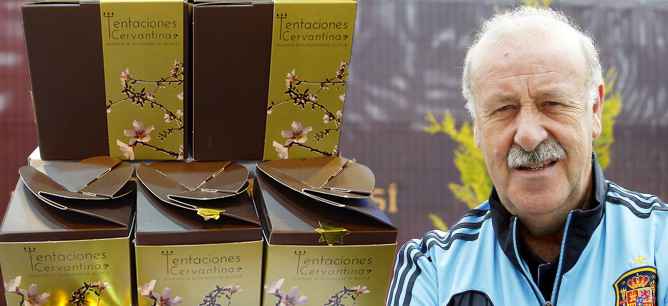



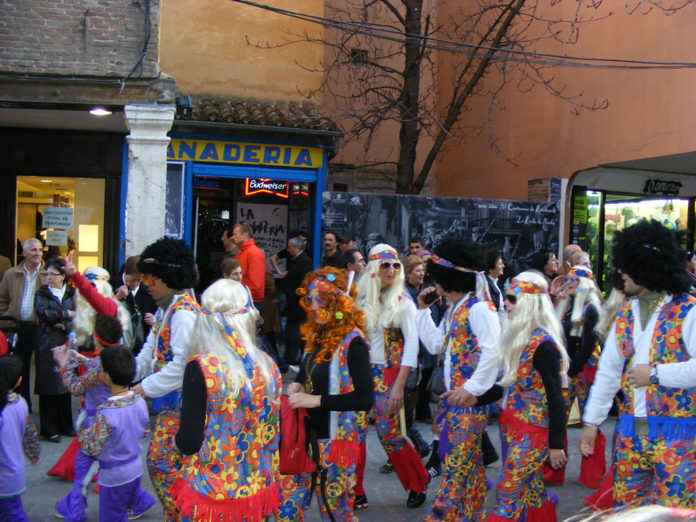
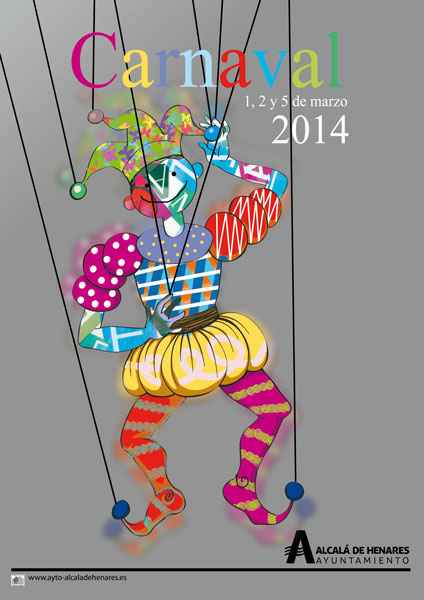
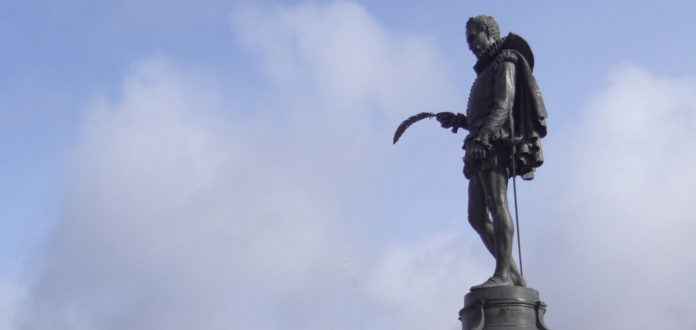
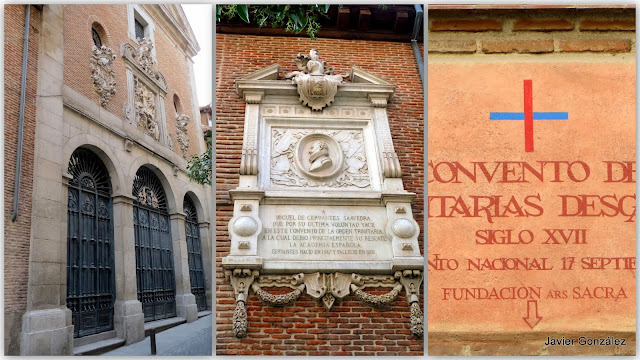 Justo en frente de la casa de Quevedo, en el convento de las Trinitarias Descalzas, en la calle Lope de Vega 18 se encuentran los restos mortales de Cervantes por expreso deseo de él mismo, pero no se sabe el lugar exacto en los 3000 metros que ocupa el convento. (Imagen:
Justo en frente de la casa de Quevedo, en el convento de las Trinitarias Descalzas, en la calle Lope de Vega 18 se encuentran los restos mortales de Cervantes por expreso deseo de él mismo, pero no se sabe el lugar exacto en los 3000 metros que ocupa el convento. (Imagen: 
